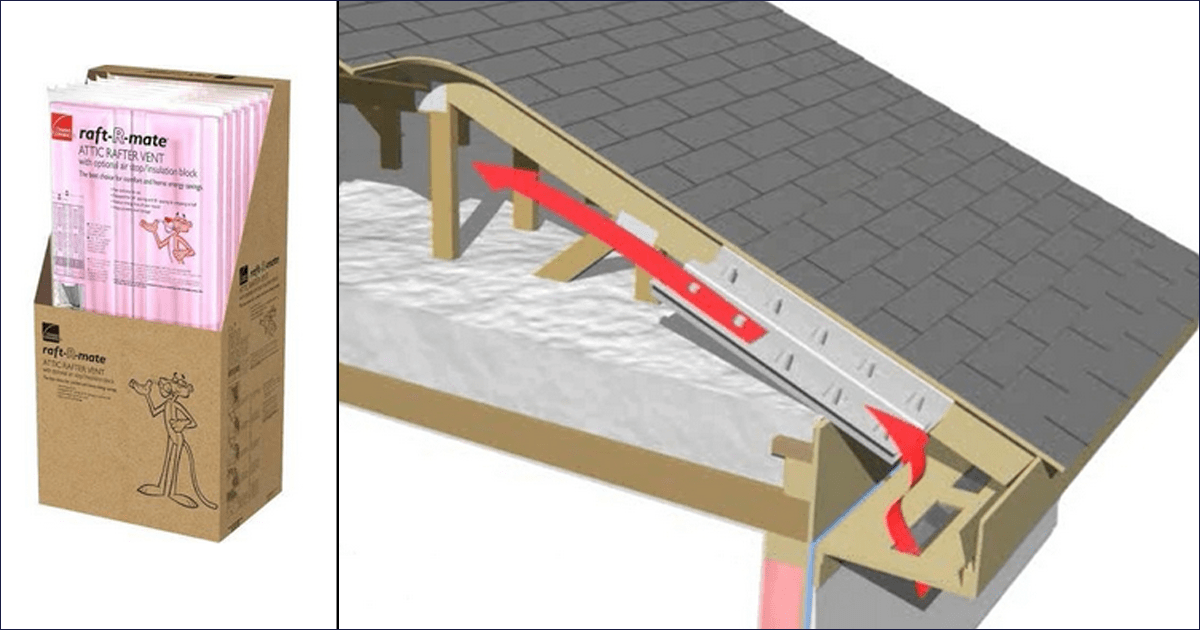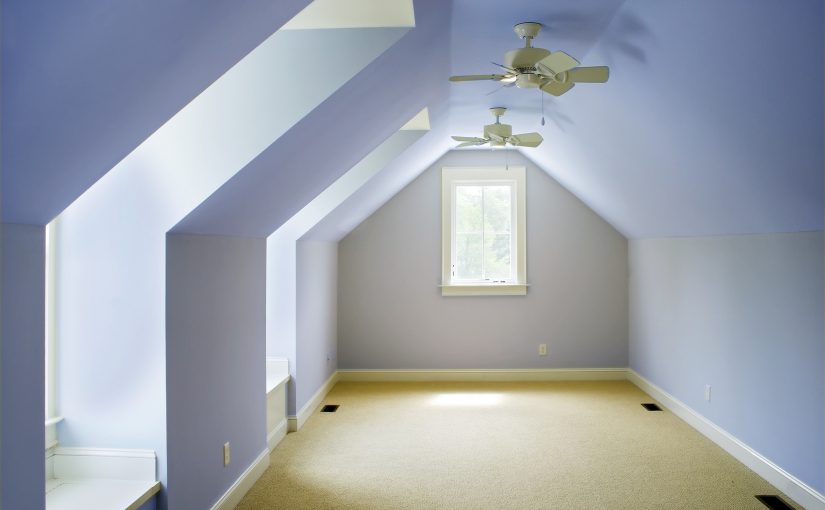Does A Direct Vent Fireplace Increase Moisture In The Attic

The inner chamber of this pipe exhausts fumes.
Does a direct vent fireplace increase moisture in the attic. In early january we cut an access to observe the chimney and the underside of the roof deck. You can prevent these problems from occurring by maintaining a dry attic with a low relative. If you raise the attic temperature the rh in both places would be the same. In the attic a kneewall blocked observation of the chimney.
How does moisture rise from the basement to the attic. If left untreated it can damage critical structural elements of the home such as the trusses and rafters ruin insulation damage any stored belongings and lead to the formation of potentially toxic black mold. How a direct vent fireplace is different. If air doesn t circulate in the fireplace condensation can accumulate on the walls and soak into the masonry.
This may increase condensation and lower the. A direct vent fireplace uses outdoor air instead of indoor air for combustion. To prevent moisture from building up in your attic you need to make sure your attic has enough ventilation and won t get too hot. The new decking was mostly dry except for droplets of moisture apparently condensate not leakage from the roof on a few nails.
So they equalize pretty quickly. Condensation in the attic is a serious problem that must be addressed by homeowners. Make sure some air can flow through the fireplace but rain cannot enter it. It pulls in air from the outdoors through the outer chamber of a double vent pipe.
Even if the supposed gas fireplace is a sealed one direct vent the pictured is not a listed vent for even combustion air. Direct vent fireplaces work by employing outside air rather than air inside the home for combustion. One static vent style is the turbine vent which uses wind to power its enclosed fan all it takes is a light breeze to rotate the blades and suck heat out of the attic view example on the home. However the chimney was a different story.
Direct vent fireplaces have several advantages over traditional gas fireplaces in terms of safety efficiency and versatility. The pictured duct is combustible and should not be exposed let alone within 1 proximity of even a b vent and this concentric foil duct is not a listed vent. The air comes in through a double vent pipe s outer chamber while the inside. The three primary differences between direct vent and traditional gas fireplaces are efficiency safety and versatility.
A sealed unused fireplace creates an opportunity for moisture problems. By adding moisture to the lower floor you increase the partial pressure of the water vapor which pushes it to areas of lower vapor pressure like the attic. Attic moisture can cause mold and mildew as well as ice dams in the winter. Air infiltration is also a common cause for heat loss and can significantly increase heating cost.
The difference in the two spaces is the dry bulb temperature. Lowering the temperature of the attic.









